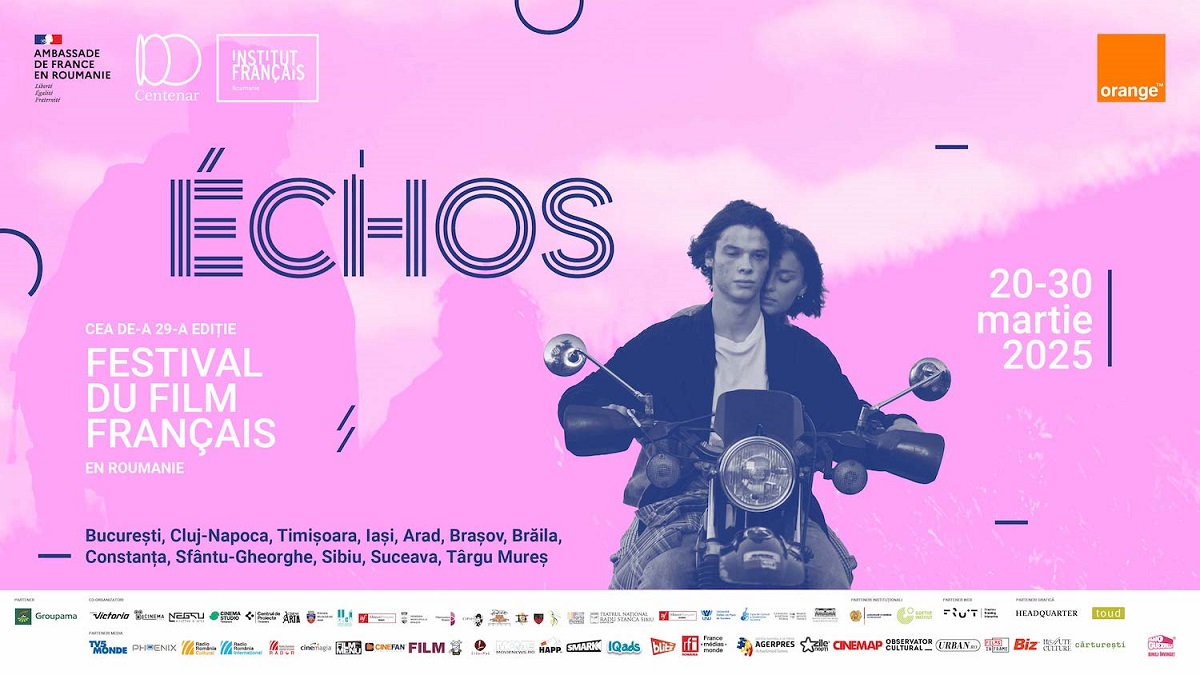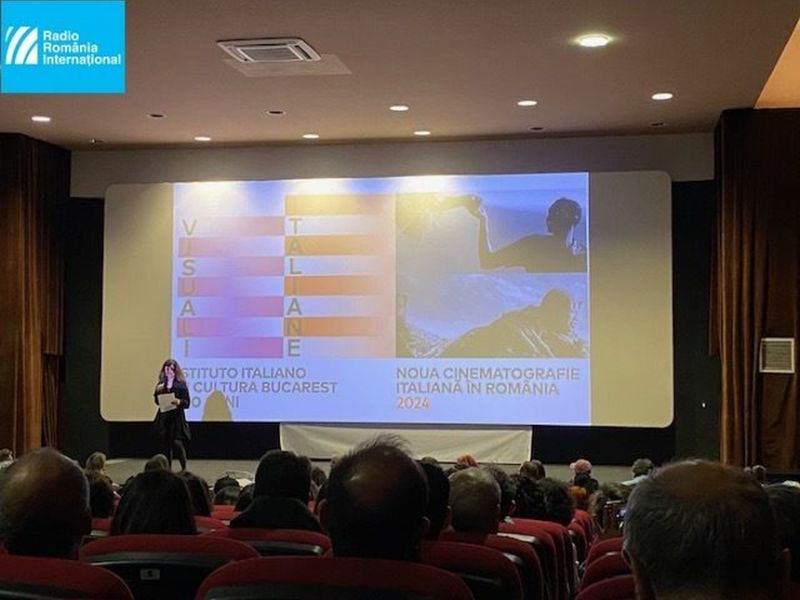Milita Petrascu, a disciple of Constantin Brancusi
Milita Petrascu was considered to be the most gifted female sculptor in the 20th-century Romania

Corina Sabău, 12.07.2014, 12:00
“Milita Petrascu’s sculptures are, first and foremost, an act of resistance to the destruction of image. Her work retains both the features of snapshot images and the rules of classical composition, a combination not uncommon in early 20th century art. This prevented her, in the long period she spent working with Brancusi, from being tempted to imitate her mentor and make an attempt at the simple gesture of abstraction”, said Dan Brudascu about Milita Petrascu. Constantin Zarnescu, who collected and published Brancusi’s aphorisms, tells us more about the encounter between Petrascu and Brancusi in 1919, an encounter that was to influence both artists.
Constantin Zarnescu: “A few years before, Brancusi had been invited to take part in two group exhibitions of European avantgarde art held in New York. He exhibited a version of his sculptures The Kiss, Mademoiselle Pogany, Sleeping Muse and Head of a Child. Milita was impressed by the geometric purity and the essentialisation of the human form in his works. She learnt about sculpture from Brancusi. Brancusi taught her and other young female sculptors who had just arrived from Romania how to use the chisel, telling them they had chosen a male profession. He taught them about the importance of a block of marble, which, he said, you are not allowed to destroy. Sculpture is about thinking first and foremost and is not an art for the young, Brancusi also told Milita Petrascu in a conversation witnessed by the American poet Ezra Pound.”
Milita Petrascu was the one who convinced Brancusi to give up major projects in France and come back to Romania to build the famous compound in Targu Jiu, dominated by the Endless Column. It was the period in which Brancusi posed for Milita and she made her first portrait in bronze of the artist, which is now displayed in Bucharest’s Dorobanti Square. The ease and handiness with which Milita was making her works, be they in the classical or modern style, drew Brancusi’s admiration, who told her “You are so good at working the way you want, in a figurative or abstract manner, and this is very good.”
Constantin Zarnescu: “In 1927, after the Latin Press Conference in Bucharest, Milita Petrescu was praised at international level. What is interesting is that Aretia Tatarescu, the president of Women’s Association in Gorj, invited Milita to build in Targu Jiu a monument devoted to the memory of the soldiers killed in the First World War. Milita had already made Ecaterina Teodoroiu’s monument and was a personality in Gorj County. Milita refused Mrs. Tatarescu’s offer, saying that Brancusi was the best man to do the job. That was the moment when the two started writing to each other quite intensely, and in 1937 Brancusi went to Targu Jiu with the intention of making just one work.”
Thanks to Victor Craciun, we can read what the two artists wrote to each other back then, connected by both art and a beautiful friendship. A friendship that lasted since 1919 until the death of Brancusi. Milita Patrascu learnt a lot about the precepts and dimensions of modern art, and Romania got its cultural heritage enriched by the compound in Targu Jiu.”
Constantin Zarnescu: ”In 1946 Milita wrote to Brancusi: ‘Me and my friends are preparing to send you food”. It was the time when crisis was engulfing most of Europe. It was also then that Milita informed Brancusi about each and every article about him. She told him about what Petru Comarnescu wrote about him, that Ionel Jianu had written about him in the “Light and Colour” review and that his theories about art were being carried by the press; and also about how she could not forget that 20 years before he had said so many things about the new modern sculpture, things and thoughts that were now being proven true.”
In 1934, upon opening a joint exhibition with Marcel Iancu, critic Petru Comarnescu said: “The main feature of Milita Petrascu is the foundation of her sculptures, her cult for rounded forms, for space and light”. The Artist doesn’t seek to depict the expression of her subjects, but rather focuses on the small details that make up their personality. The half-nude sculpture of actress Elvira Godeanu, is naturalistic and discreet at the same time, blending both contemporary audacity with an unconventional approach to the classic typology of the armless bust. The marble portrait of another well-established actress, Agespina Macria, wife to Victor Eftimiu, exhibited at the Official Salon of Fine Arts of 1934, also trespasses contemporary conventions, which clearly stipulated that no well-known individual, especially an actor, should be represented nude.
However there is nothing frivolous about this remarkable sculpture, its monumentalism and static aura being reminiscent of classic antiquity, where nudity was commonly accepted.





























